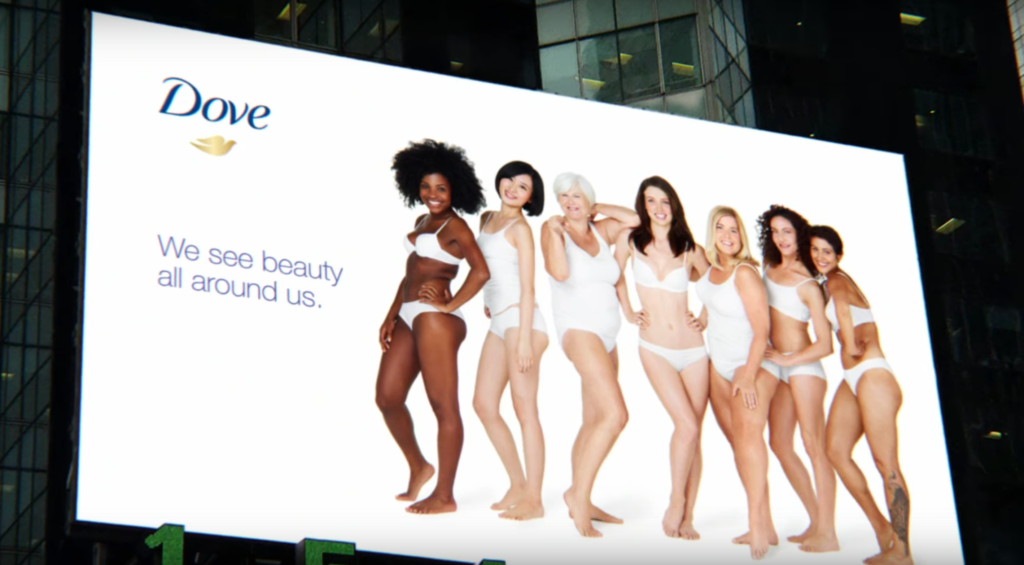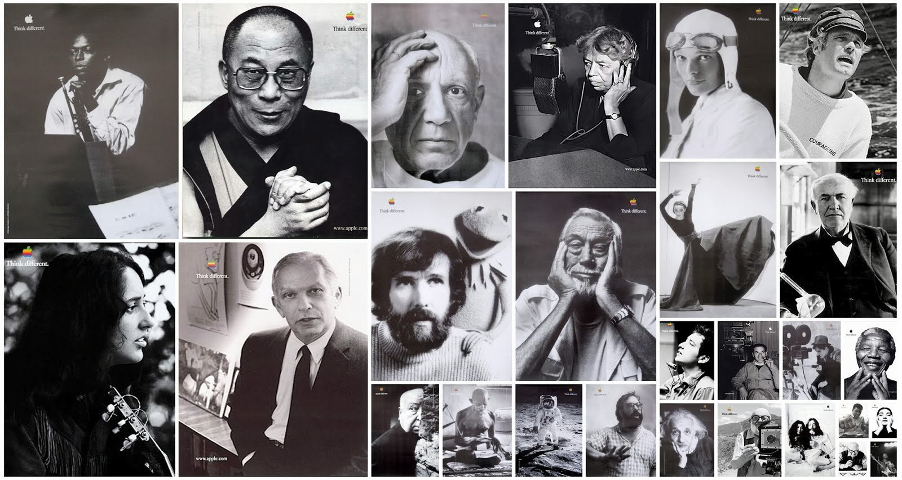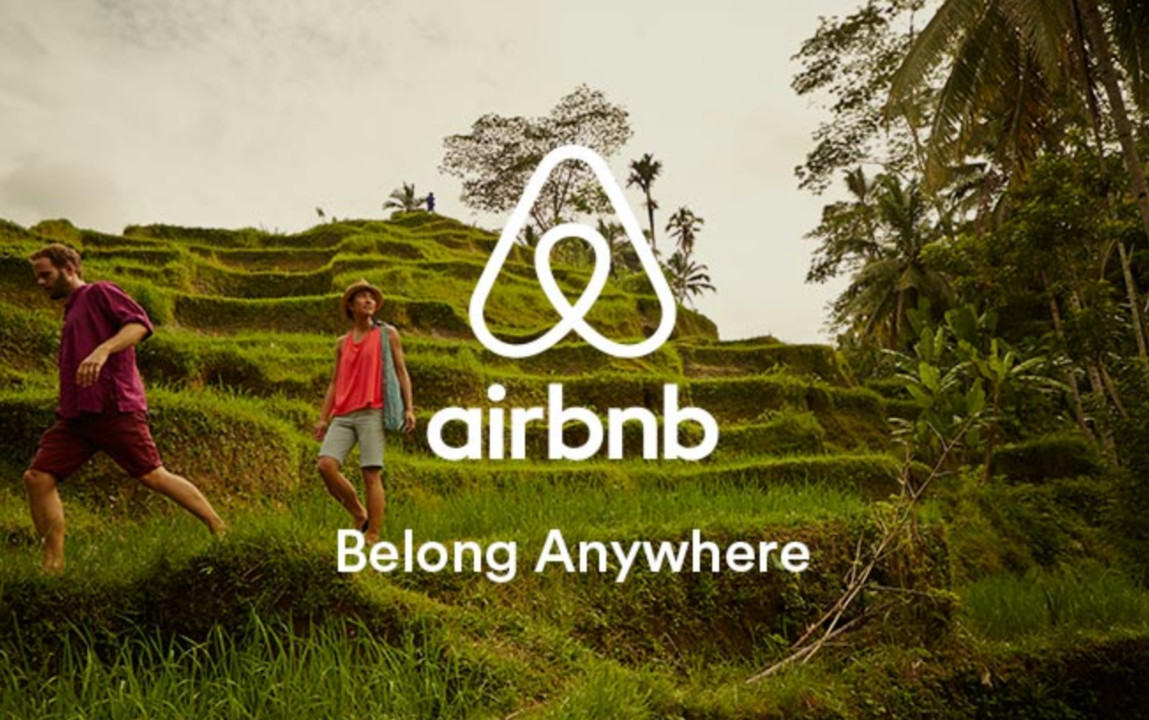Brand strategy. What’s it all about again? 🤔 Put simply, it’s having a reason for everything you do. Your purpose, vision, values, brand positioning and brand personality form the foundation of everything you do. Imagine an iceberg and your logo is the flag on top. Your brand strategy is the bottom half of your iceberg, sitting below the surface and grounding your organisation. Your brand strategy should be a guiding light for every decision you make and if done well; makes your staff loyal, turns your customers into advocates and helps you carve out a market leading position.
One important ‘do’ - your brand strategy should drive emotion 🫀. This doesn’t mean every brand has to tug on the heart strings. Bunnings is an example of a loveable brand that’s uber functional in its expression. It’s not purpose-driven, the visual ID doesn’t make you swoon, but people froth over their customer experience. On the other hand, purpose-driven brands like Patagonia take a brave world changing position, making their product (just t-shirts really) totally loveable. Both brands make people feel something in a way that’s relevant to their target audience. And both brands are so much more than their logo. That’s brand strategy.
If that all sound a bit ambiguous, fear not! Our dos and don’ts will help you build a strategic foundation that’s authentic, unique, and relevant to drive your brand forward, including some examples of how big brands have nailed bringing their brand strategy to life in campaigns.

No surprises from us here! First question, who’s your target audience? Secondly, what do they think? About your category, your brand, your competitors. What about those who don’t know you at all? Why do your staff come to work every day? Without these insights, you could waste a lot of time building a beautiful sounding brand strategy that doesn’t land internally or externally. Use market research to find evidence, insight, and perspective. Tap into a mindset, a truth. Not just demographics. This will help you sharpen your audience and build a rich target audience persona.
Our clients often say being a third party means we bring valuable insights that makes the rest of the business sit up and take notice. As a marketer, when you work on a brand every day, you can be too close to see the forest from the trees. Don’t forget about the bigger picture. There’s a great quote from John Hegarty of BBH from a client meeting: “it’s just a f*^cking chocolate biscuit!”. Don’t forget to step out of your own echo chamber to get perspective!
Gutsy example: in a brilliant use of research, in 2004 Dove showed us how to use audience insights to defy category conventions. They surveyed 3000 women from around the world and asked them to describe themselves, only 2% said they were beautiful, and many women’s magazines made it worse. This highlighted the problem Dove could solve; to broaden the narrow definition of beauty. Dove ‘real beauty’ was born with a purpose to make women feel beautiful every day. It was the most disruptive brand strategy of its time. The campaign featured women of all shapes and sizes, when no other beauty brand was brave enough to break the mould. This campaign changed culture. And it worked it’s butt off 🍑. A Nielsen study proved for every $1 Dove spent on brand, it delivered $4.42 to retail sales. A 267% growth in brand value. Not bad for just soap.

2. Don’t be boring
Take a stand. Say something bold. If you don’t stand for something, you stand for nothing. But it must be authentic. Talk to your founder or CEO to get to the DNA of why the organisation exists.
In his study The Long and the Short of It, Peter Field (widely known as the godfather of effectiveness) analysed 996 IPA Effie award winning case studies over 30 years to identify the ingredients of campaign effectiveness. His top tips? Brand building is key and emotions are more efficient and more profitable in driving strong business results. And the all-time killer strategy: fame. Getting your brand talked about by doing something bold to create a buzz can turn your consumers into brand advocates.
Gutsy example: the poster child for carving out a unique position, Apple is a tech brand that makes us feel something. An authentic part of their brand strategy right from the beginning, ‘think different’ was at the very core of why Steve Jobs founded Apple. Today, Apple is the world’s #1 most valuable brand. Its brand has been Apple’s greatest asset for nearly four decades of success. Even after the iPhone become the market leader, they’re still breaking category norms. Time will tell if they can keep up their disruptive brand position.
3. Don’t mess with brand equity
Know when to hold ‘em. You’ve got to understand where your brand has been before you decide where you want to take it. Dig through the heritage and find out where the brand equity lies. If you’re not convinced, ask Weight Watchers, a cautionary tale from 2019 when they repositioned and re-named to WW, jumping on the Wellness and Wellbeing trend and ‘body positivity’ movement. It bombed. Stock market earnings halved, they lost 600,000 members and have since changed their brand name back into its original identity. Some real human research insights could have saved them this costly exercise and damage to their brand equity.
Gutsy example: one of the best brand strategy lessons of not just standing for something but sticking with it comes courtesy of Nike. My favourite example is the first brand ad created in 1977 by John Brown & Partners with the headline: "There is no finish line." Runners sent letters to Nike thanking them for their support. It was the first Nike ad focused on the brand rather than product and would become the brand’s foundation for decades. The ‘Just Do It’ tagline was created in 1988 by Wieden+Kennedy, but did you know it was inspired by the last words of Gary Gilmore, a convicted murderer who was executed in 1977? Dark.
I’ve often wondered how many times over the years a new marketing manager or creative director has suggested mixing up the tagline, logo, or positioning. Nike knows the incredible value of their brand strategy; how much brand equity is in those three words so as not to mess with it. It’s also a big enough idea that it can be re-invented in new and interesting ways over decades. It’s brand strategy utopia. 😇

4. Don’t over-complicate it
Keep it simple, unique, and memorable. It will take you a whole lot longer to develop but will pay dividends. Test your brand’s purpose, vision, or proposition with the team (top and bottom) and if they can’t remember it a week later, you’ve got more work to do. Be obsessed with every word. That’s your job as a strategist, to make every word count.
Gutsy example: for a unique brand purpose articulated simply, hats off to airbnb. Their purpose is ‘to create a world where Anyone can Belong Anywhere’. It was created by Douglas John Atkin and a small team at airbnb by speaking with 485 airbnb hosts, guests and employees face-to-face, all over the world. I love that their purpose is grounded in a universal experience, a truism. And even better the simplicity of their purpose, as Douglas says, ‘one big thing, specific enough, but broad enough’, so it resonates with staff. So much so it’s now been shortened into a tagline. And airbnb really live it. They offer immersive cultural ‘experiences’, like making pasta in Tuscany hosted by locals. And their pro-bono venture ‘Open Homes’ enables free Airbnb accommodation for victims of natural disasters, or parents of sick kids in hospital. Both were inspired by airbnb’s purpose of ‘Belong Anywhere’.
Building a brand strategy that drives your organisation forward can be your most powerful weapon in business to disrupt your category, increase staff loyalty and grow your market. Reach out for a chat about research and strategy, we can help you build this important foundation to guide your brand for the next ten years and beyond. If you don’t know where to start, trust your gut!

Sources:
https://www.campaignlive.co.uk/article/dirt-good-storytelling-gave-persil-boost/1287039
https://www.linkedin.com/feed/update/urn:li:activity:7172569870268661761/
https://maynardpaton.com/wp-content/uploads/2019/12/SYS1-long-and-short-of-it.pdf
https://www.bbc.com/news/business-47392730
https://medium.com/@douglas.atkin/how-airbnb-found-its-purpose-and-why-its-a-good-one-b5c987c0c216